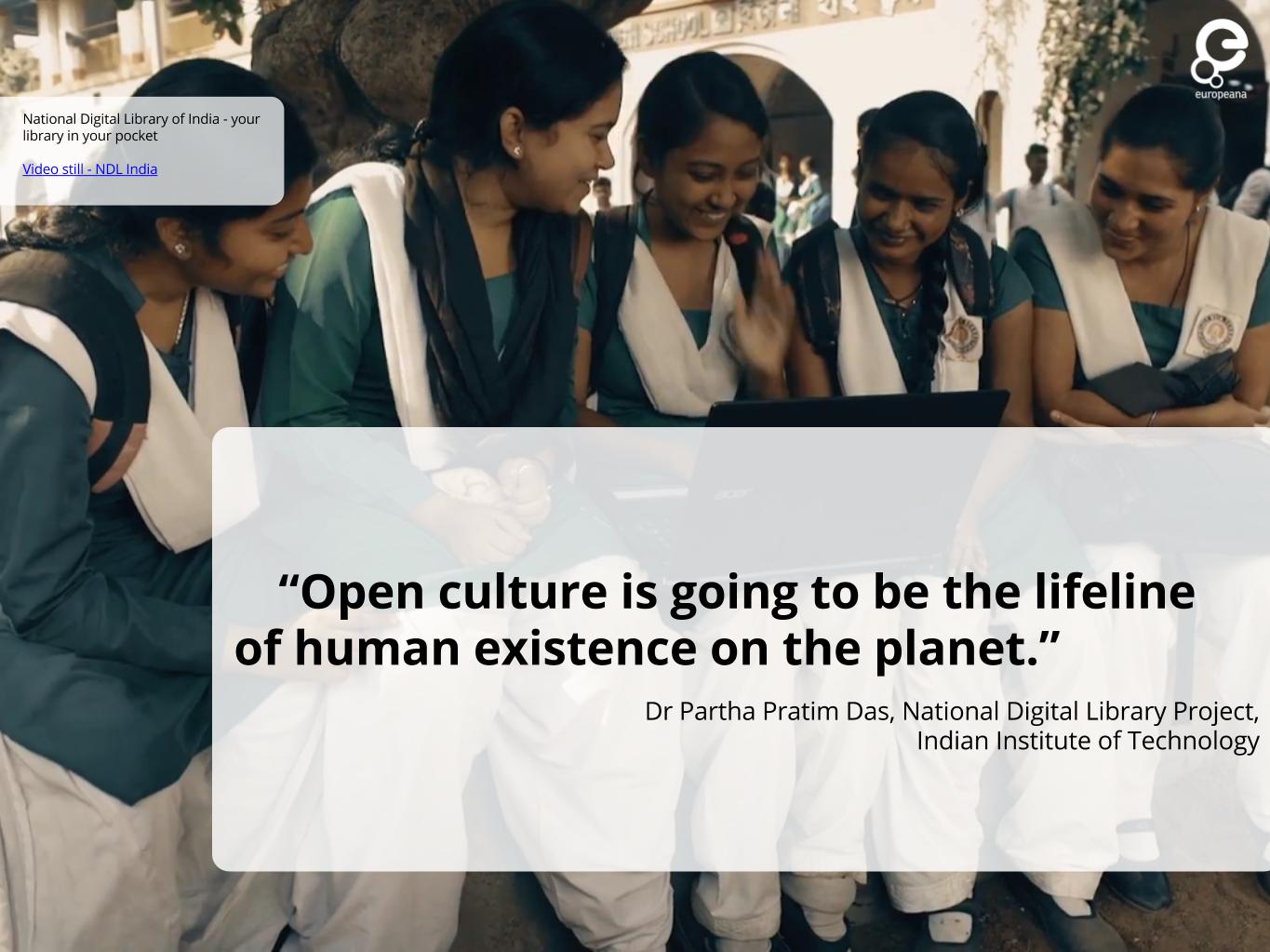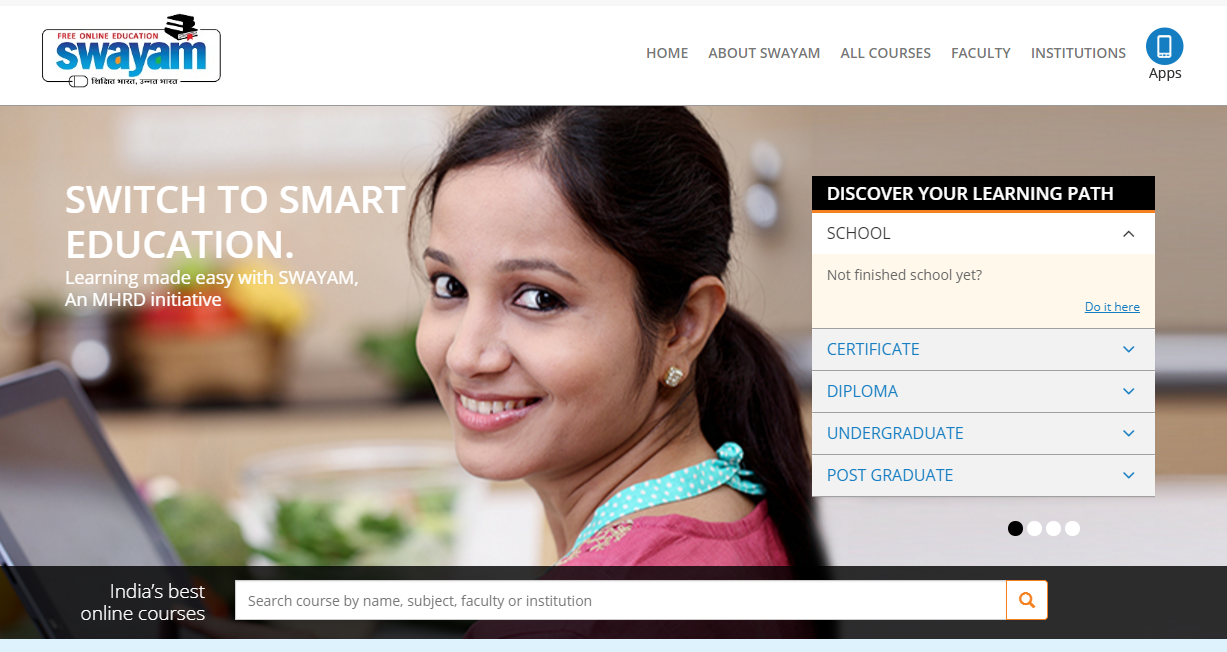Open culture in India - an interview with the National Digital Library of India’s Dr Partha Pratim Das
As part of our 'open culture' blog mini-series, we talk to Dr Partha Pratim Das, Joint Principal Investigator, National Digital Library Project.
This is a shortened version of an interview that we presented on the Year of Open website in September.
Why is open culture important to you?
To be a true Indian.
Because I believe.
We are groomed in the spirit of our millenniums-old lessons of Upanishad (उपनिषद) and Gita (श्रीमद् भगवद्गीता). Hence we believe in वसुधैव कुटुम्बकम् – the whole world is our family. To quote:
अयं निजो परो वेति गणना लघुचेतसाम्।
उदारचरितानां तु वसुधैव कुटुम्बकम्॥
The small-minded count ‘this is mine and that is someone else’s’;
For the men of great character, the whole world is their family!
We do believe – knowledge is free.

Who benefits from open culture and how?
India is a country of diversity – several languages, varied and rich culture, multitude of religious and political faiths, wide geographic and climatic conditions, deep economic disparity – yet we are united, we are together, we are one nation, we have many ‘Bharat’s; but one India. We share our openness with the world beyond the geographic and political boundaries of our nation.
Can you tell us about a successful project using open culture resources?
Digital initiatives of India in Education, in general; and National Digital Library of India, NPTEL Videos, and SWAYAM (Study Webs of Active Learning for Young Aspiring Minds) Programs (India’s MOOCs), in particular. Besides being freely available to the whole of India, these are now open to the world.
Screenshot of the SWAYAM home page
Why is it important for these resources to be available freely?
To democratize education for all.
India with its large population, diverse geography and socio-economic disparities, requires that resources like educational material to be affordable and accessible. Only with democratization of resources can the population achieve their intrinsic potential. What is the future of open culture?
What is the future of open culture?
Open culture is going to be the lifeline of human existence on the planet.
If I had all the powers, I would set up an Open World University and promote open culture as a means of survival.
In India, we have believed in open culture since time immemorial. Rabindranath Tagore set up Visva-Bharati University in 1921 for the communion of the world with India. Given all powers, I would build a Visva-Bharati in every corner of the globe and attempt to solve all conflict of humanity through open dialogue and mutual cooperation.
What cultural resources do you like to access online, personally?
World cinema, world dance, and world heritage.
It is impractical to attempt to list, but I like…
Gandhi Heritage Portal: https://www.gandhiheritageportal.org/
Dances for the Gods: http://www.dancingforthegods.org/ – an interactive multimedia website dedicated to Bharatanatyam, one of India’s oldest and best-loved classical dance forms.
Society for Natural Language Technology Research: http://www.nltr.org/


